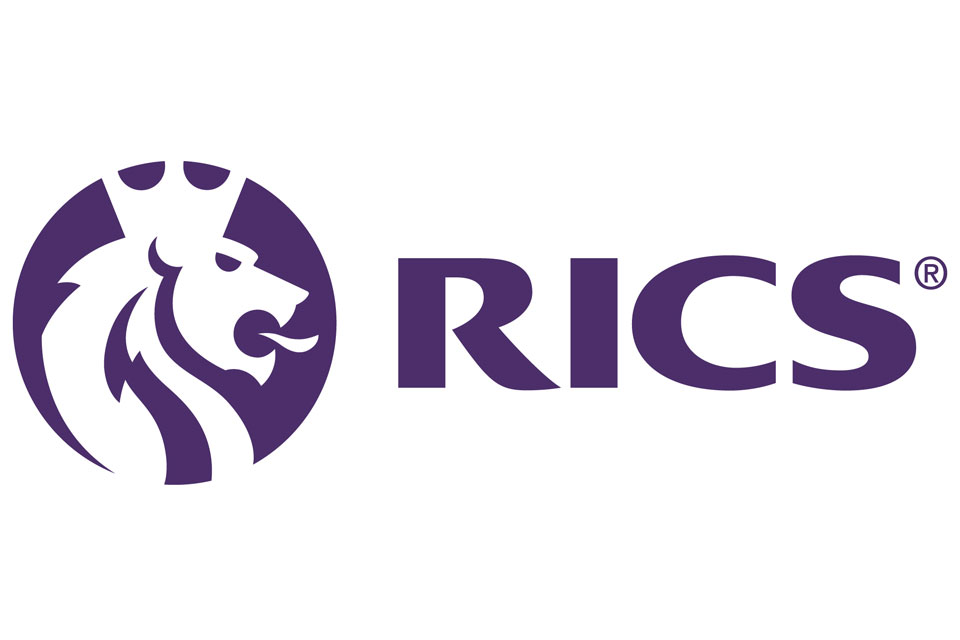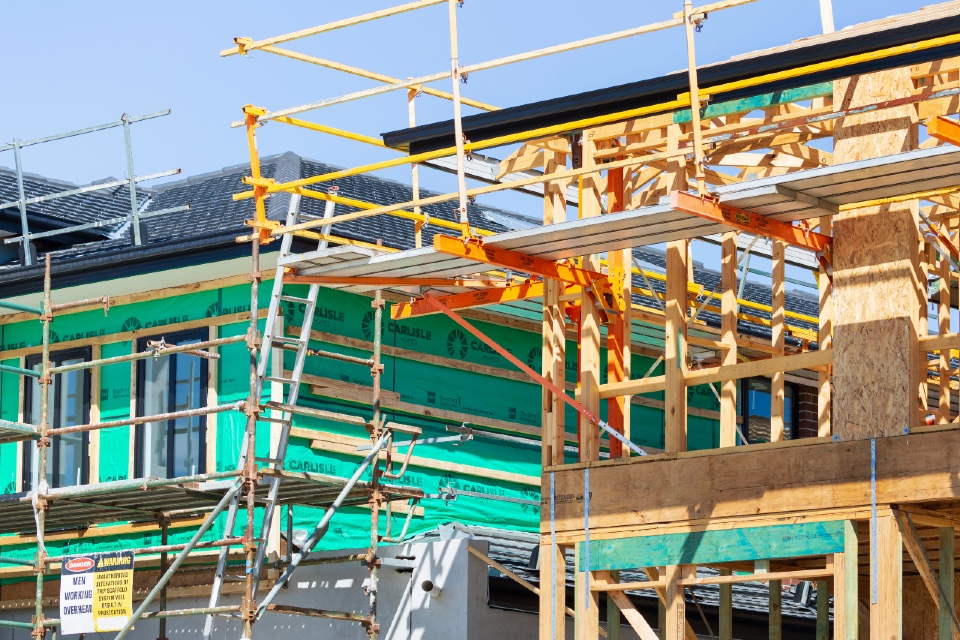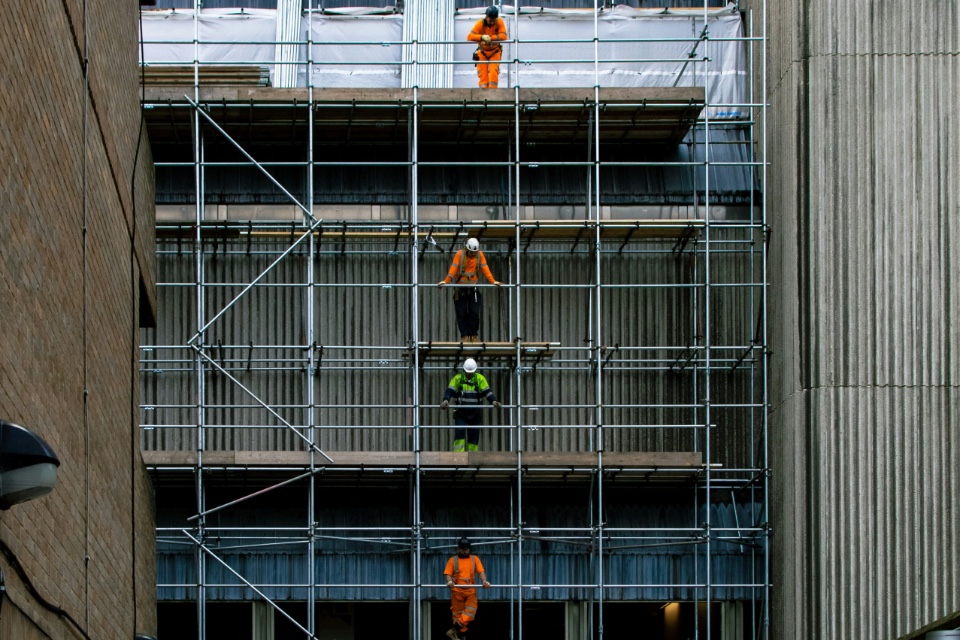As populations begin to live longer, and climate change threatens the existence of land mass on our planet, the need to establish where we will live in the future has become an important consideration.
By 2100, the world’s population could increase to 11.2 billion, and it is estimated that almost all population growth will occur within our cities. In 1930, only 30% of the world’s population lived in cities – compared to around 50% today; by 2050 66.7% of the world’s population will live in cities.
Now, architects are designing and constructing the buildings of the future, as a result of an increased demand for space within urban areas. As we move forward and replace older designs, new builds will help to accommodate our increasingly complex living-needs.
Together with Oasys, specialists in building design and pedestrian simulation software, we explore these cutting-edge structures and how they have become a reality…
Timbers that are taller
For architects that need to find an alternative to metals, timber structures are becoming taller and more structurally sound. This is because many are now praising its sustainability and quality, whilst realising how fast a structure can be built.
When it comes to building structures with timber, attitudes towards this practice are becoming increasingly progressive; this is because CLT (cross laminated timber) regulations are sparse. With its improved strength and stability due to more sophisticated engineering techniques – wooden skyscrapers are becoming a thing of the present, not the future.
Wenlock Cross in Hackney is perhaps the most impressive new structure that is being created with CLT. More commonly known as The Cube Building, standing at 6,750sq metres, the scheme is a hybrid mix of timber and steel. The building seamlessly blends into grass parks that surround the area, but also looks right at home amongst other urbanised buildings that make up London’s metropolitan landscape. As developments progress in the construction and implementation of timber structures, only time will tell how wooden buildings will influence the future of architecture.
Dynamic Tower Hotel: The Rotating Skyscraper
Designed by Israeli-Italian architect David Fisher, downtown Dubai is about to host the world’s first rotating skyscraper. The structure was originally proposed in 2008, but after being put on hold, the structure has now been set for completion by 2020.
Built in four dimensions, the structure will constantly change shape as it rotates, and in theory, the apartment block should never look the same twice. Though each apartment will be able to rotate 360 degrees independently, the speed will be adjustable, and the stationary core will contain the elevator with apartments off-shooting this core.
Leading the way when it comes to environment design, this new superstructure is an innovative one of a kind. The structure is proposed to power itself, as there will be wind turbines between each floor, negating the need for excessive power supplies from fossil fuels. An apartment will not come cheap, with prices set to be at around US $30 million. This is an exclusive project for those who want to pay the price to be at the forefront of innovation.
Garden buildings
In the East, skyscrapers are being designed that utilise the natural greenery that surrounds them, unlike older designs in the West. The East intends to build structures that encourage biodiversity, helping tropical spaces thrive within natural environments.
Nanjing Green Light House
Nanjing Green Light House stands in Nanjing, Jiangsu, China. Unlike a conventional light house, it is named in this way because through its round structure and sophisticated façade designs, the building is able to gain 200 LUX natural daylight for all working spaces – making it one of the first zero carbon buildings in mainland china.
China’s vast and natural foliage was the inspiration behind this building’s design; in this way, the natural landscape becomes as important as the building itself. Through natural ventilation techniques, exposed windows and moveable skylights, anyone can enjoy this working space that incorporates natural designs.
Oasia Hotel Downtown
Standing amongst limited green spaces, this building is the urban backdrop of downtown Singapore. This tropical skyscraper counteracts the Central Business District within the Tanjong Pagar area, and is meant to act as a prototype for how urbans tropics will function within man-made landscapes.
Functioning as additional ‘ground levels’, the building contains a number of sky gardens. Within the structure, this helps to provide public areas for recreation and social interaction within an inner-city environment. Each sky verandah is open sided, which provides natural breezes to pass through the building for good cross-ventilation without the need for air-conditioning units. The building is also considered a natural haven for wildlife, with an overall green plot ratio of 1,100% – reintroducing biodiversity into the city that was initially driven away through construction.
It’s clear that architecture of the future has three key priorities in mind: reducing carbon emissions through construction and functionality, encouraging biodiversity and utilising natural exteriors within the interior of a building. If these priorities are sustained, it’s clear that the future of architecture will not only transform lives, but benefit our natural environments as well.
Sources & Further Reading:
http://www.thenational.ae/uae/dubai-in-line-for-worlds-first-rotating-skyscraper
https://www.eboss.co.nz/detailed/pamela-bell/tall-timber-construction-new-updates
https://www.hawkinsbrown.com/news-and-events/press/tall-in-timber
https://www.wired.com/2015/04/20-buildings-show-future-architecture/
http://weburbanist.com/2009/05/27/unbuilt-buildings-12-awesome-future-architectural-designs/
http://www.bbc.com/future/story/20150901-is-the-world-running-out-of-space







